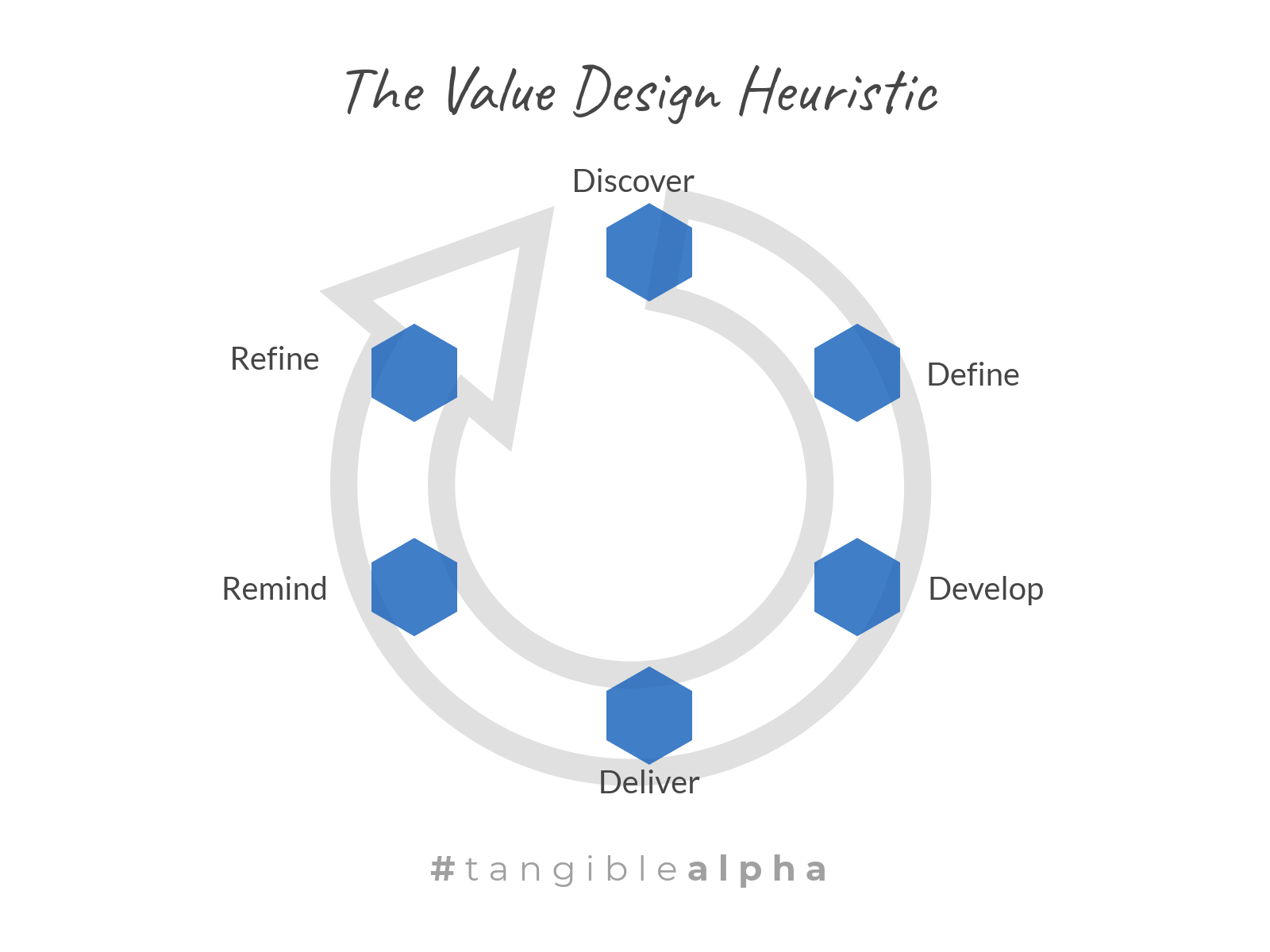Culture Development and Values
Steve Jobs… “In order to affect change (I’m paraphrasing here) you must begin with the client in mind first… not the product.”
In this scenario “affecting change” is designing a culture of trust and integrity.
Q: So how can we do that?
A: We can define our Core Values
So go ahead and write those values down… go ahead, it should be easy… if you don’t, you will never connect with the client… so just jot those down for me…
Easier said than done.
Here are a few disjointed thoughts about core values in general…
- It’s really tricky to define what the word values means in the first place…
- There are several types of values…
- Your personal, business, and firm values must all cohesively affect change from a client-centered perspective.
- For advisors, the personal values and principles overlap into the business and firm values.
Defining Your Core Values Isn’t Easy
You can’t simply define your values… you must discover them… this is a process that requires thought and effort.
A Major Piece In The Puzzle
Your core values are a foundational element of your overall value design. (That’s value design, not values design.) Your value design is going to make or beak you in the robo era of financial services. So defining your values is pretty important.
Here are a couple of key takeaways…
- The realization of your values is a never ending proposition.
- The discovery of your values and principles is a never ending journey.
- This journey requires self awareness and introspection.
- To continue the journey in perpetuity requires honest relevant feedback from your ideal audience.
Defining your core values as a part of your overall value design puts you in the driver’s seat to control exactly how your relevant value is perceived and thereby giving you control over your relevance in this robo world.
The heuristic for value design is as follows: Discover, define, develop, deliver, remind, and refine.
So how are you going to do this?
How are you going to design a client-centered culture by defining your core values? We’ve got you covered. Our digital platform allows you to discover your values while you design your value. Walking you step by step through the value design heuristic.
We are here 24/7, but this is your business…You have the focus, we have the system, you must bring the discipline to have success…
This is andragogy not pedagogy… we are not demanding that you learn, or advance, or survive… we are here to help good advisors get better… and the motivation that drives good advisors is all intrinsic.
We know you want to get better and we know how to help advisors who want to get better, get better.
This is an interesting article that touches on discovering your values. Not every element of the article is germane to value discovery in a self-directed setting, but most of the content is pretty solid.
Curated Article
Business is full of decisions. What products or services to offer, which people to hire, which clients to serve, and what geographies to focus on are all important questions. A successful business needs to make these decisions efficiently and effectively.
Leadership teams navigate these choices in many ways. Previous outcomes give them experience. Processes help them ensure they investigate options, tradeoffs, and risks. However, the most important decision-making tool is developing a strong set of core values.
Unfortunately, many companies fail to get these right. Some create a set of core values which are a list of generic platitudes. Words like honesty, integrity, and ethics are table stakes for being in business, not ways to define who you are.
Other companies create lists of idealized desires for what they wish to be rather than who they currently are. This leaves companies with aspirational goals rather than a tool for embracing their raison d’etre.
As a business coach, I’ve found several ways to ensure that your values are effective decision-making tools rather than lip service on poster board.
1. Discover, don’t decide.Many teams approach core values as a decision. They look at a list of words and decide which words describe who they are. They debate the pros and cons of different terms trying to determine which one is correct. Values, however, are not something you can rationalize. Instead, think of your core values as something buried deep within you that require unearthing. Looking at past decisions and behaviors will reveal that which already exists.
2. Values are reality not the ideal. Often times when I start working with a new team, we review their existing core values, and they describe wonderful ideas. However, when we start looking at recent decisions, policies, and incentive systems, we soon realize that none of these are alive in the company.
The mistake they’ve made is creating an idealized set of aspirational values that feel nice rather than a list of descriptors that illustrate reality. I like to joke that your values should be fifteen pounds overweight, have a receding hairline, and drink a little too much. If your values look perfect, then they are probably not right.
3. Your values should have a dark side. One of my personal core values is self-reliance. Usually, this serves me well and by embracing it I’m aligned and in my flow state more often than not. However, sometimes it works against me. For example, I don’t like someone taking my bags to my room at a hotel. I’ll balance two suitcases on top of a roller just so that I don’t have to rely on a bellhop. My method doesn’t make sense, but it’s the reality of who I am.
I know that a leadership team has nailed a core value when they can point to situations where the value has required them to do something that was difficult or seemingly unnecessary compared to other teams. You should feel compelled to live you values, even when it doesn’t make complete sense.
4. Each value needs an anti-value. Core values are tools for making difficult decisions. And in order to serve that purpose well, you need to know what you are choosing as well as what you’re not choosing. A core value reflects a trade off between two equally valid choices. The harder the choice, the more powerful the core value becomes.
I like to call the things you don’t choose “anti-values.” They are things you’re willing to give up in order to live your value. For example, if one of your core values is collaboration, then you might be willing to give up competition. In that case, you won’t create individual incentive plans or promote head-to-head challenges and still be true to your values.
My test for anti-values is if you can switch the order and give them to another company and it still works, then you have a good pair. It means that you’ve given up something of value in your choice.
5. Identify moments in time that illustrate them One of the most powerful parts of your core values is the stories you tell about them. For each core value, I have the team identify two to three cases when they had to use that core value to make a tough decision. It could have been to fire someone or to continue or discontinue a project. Sometimes the stories are how they didn’t follow their core values and how it hurt them.
It’s okay if your team prints up a poster of your core values or paints them on the walls of your office, but if that’s all you do, then you’ve missed the point. Core values aren’t window dressings; they should be used daily to guide actions and decisions.



